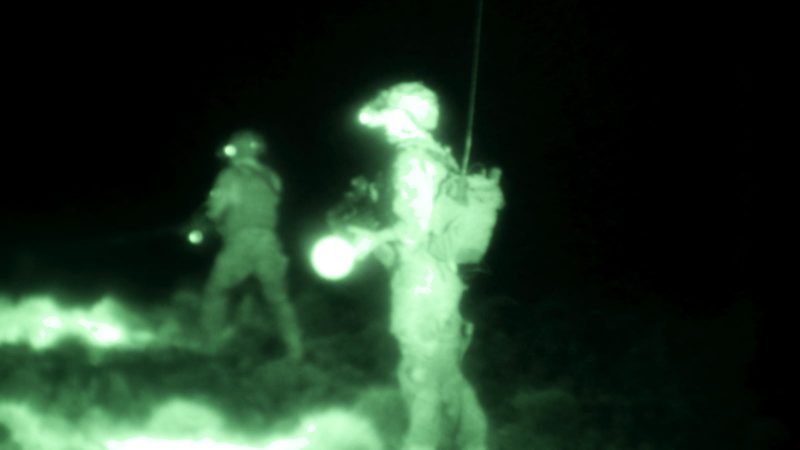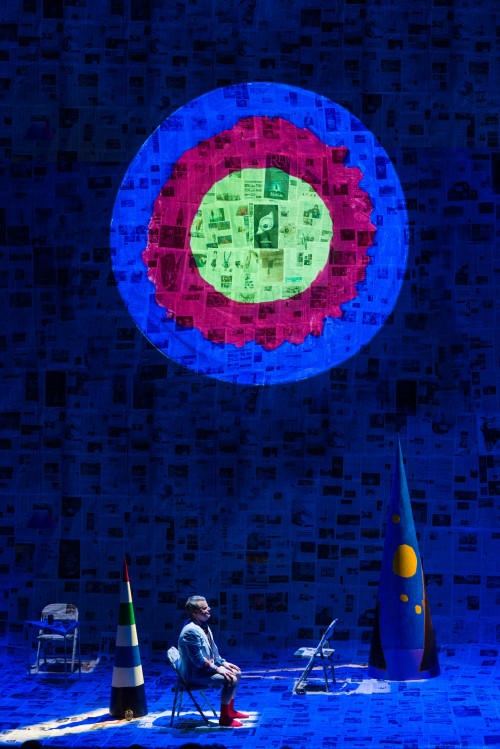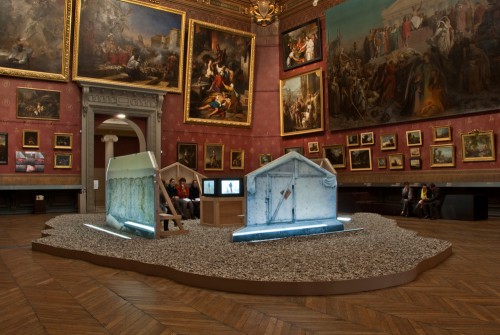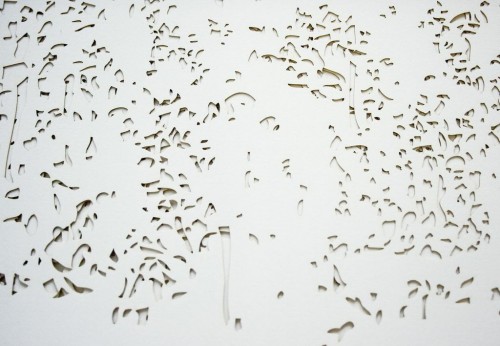After Douglas Crimp Questionnaire Response: Peter Christensen
Share an anecdote or memory you have of Douglas. Or, if you had the opportunity to share anything with Douglas now, what would it be? In late August 2015 Douglas sent me a text message asking if I was back in Rochester from our summer recess. Douglas had begun to regularly inform me of when he was on his way up from New York to Rochester as our friendship had grown. My impression was that he wanted to line up social events so that he could be as enriched as possible in his stays upstate. Taking the cue, and excited to hear from him, I invited him over to mine to barbecue. He liked barbecuing a simple piece of meat and vegetables a great deal and early Fall in Rochester is a terrific time to do it. He obliged to the barbecue but he said he needed my help with something as well. Douglas was not one to ask for help so I was intrigued, perhaps even also a bit concerned. Douglas said that he …








